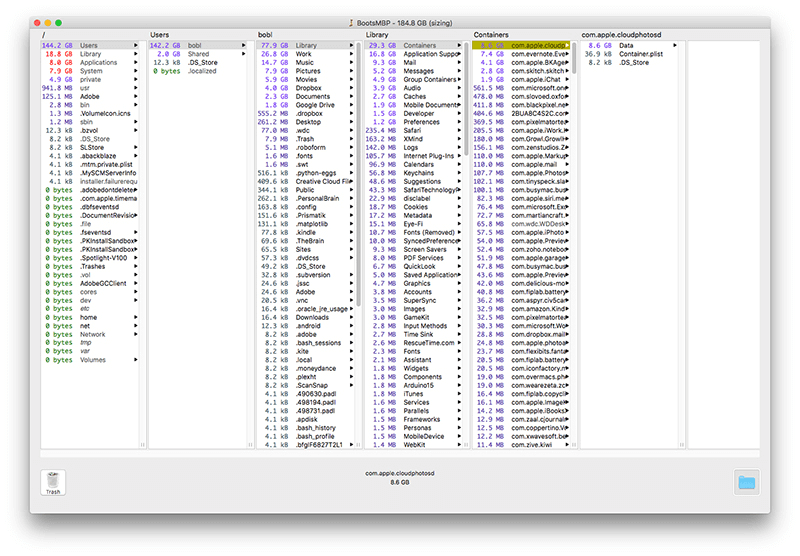


You can also use a number of different formats for creating a. To Eject hdiutil eject /Volumes/archive_name/ To create hdiutil create -format UDZO -srcfolder folder_to_compress archive_name.dmg This one is macOSnative only – for a GUI interface use /Applications/Utilities/Disk Utility – for command line use: To extract gunzip archivename.gz DMG – macOS Only To compress tar -jcvf archive_2 folder_to_compress To extract tar -zxvf archive_ TAR.BZ2 – Cross PlatformĪ variation on TAR GZ but with better compression than both tar.gz and zip. To compress tar -zcvf archive_ folder_to_compress Now the Find command doesnt use the Spotlight index at all. But if you want to do it in a more techy kind of way in the Terminal you can use the Find command. You can also use the Spotlight menu, Command space, and search there as well.
#Mac terminal find file zip
Second up is TAR, an old favorite on Unix/Linux – you add the GZ for the compression – compresses tighter than zip Just Command F and you would be doing a Spotlight search for the file. ds store files, use the “-X” option in the command so: zip -r -X archive_name.zip folder_to_compress TAR.GZ – Cross Platform
#Mac terminal find file mac
If you want to make a zip without those invisible Mac resource files such as “_MACOSX” or “._Filename” and. To compress zip -r archive_name.zip folder_to_compress ZIP – Cross Platformįirst up is ZIP one of the most commonly used compression techniques used across all platforms Here are some built-in compression applications you can use including zip, tar, gz, bz2, gz and dmg. A compressed file which contains files and folders is generally referred to as an archive. If you try to copy the text at the bottom of the.

Choose Show Path Bar (This surfaces the path for any file selected at the bottom of the Finder window. The default command line application interface in macOS is the Terminal and is stored in /Applications/Utilities.įile and folder compression saves on file size and ensures the contents are captured and delivered or stored as one monolithic file. Here’s a step by step guide to surfacing and copying the file path for any file or folder in your Mac’s Finder app: Open Finder on your Mac. Since macOS is based on Unix there are a number of ways to compress files and folders within the filing system using Unix based application code, below are a few options using the Terminal or command line interface (cli).


 0 kommentar(er)
0 kommentar(er)
